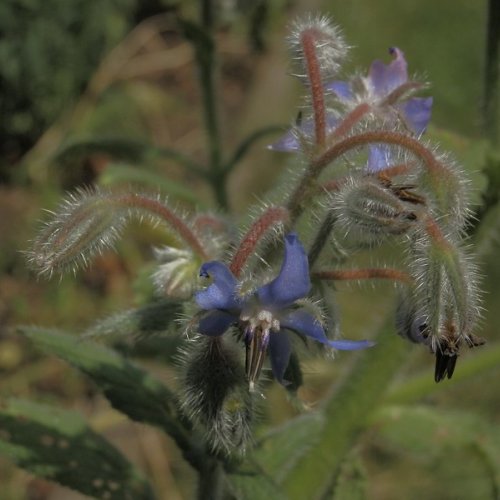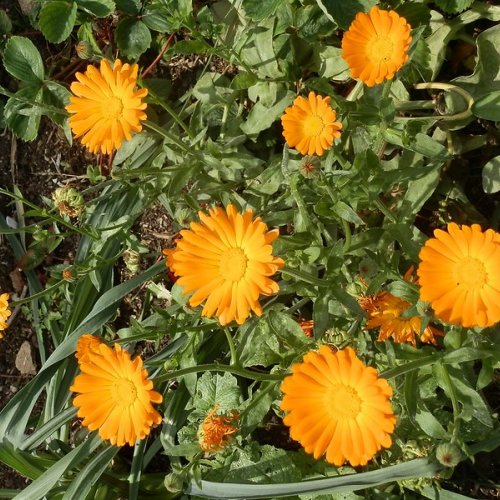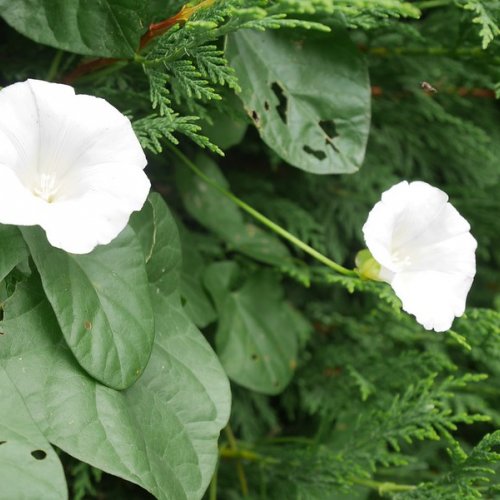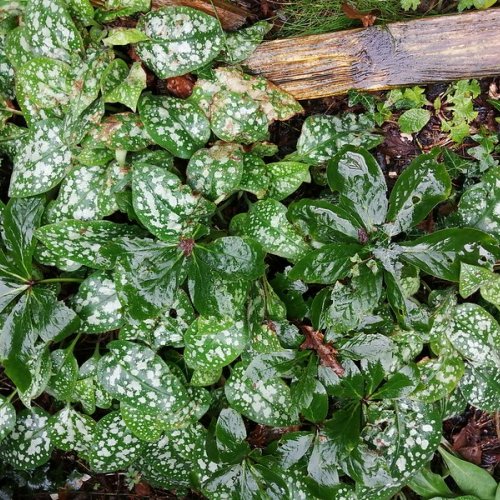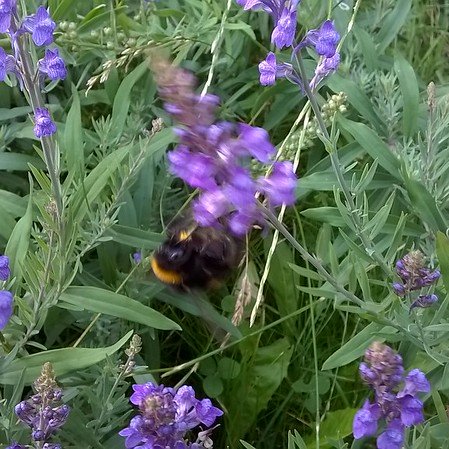All along the north side of my garden runs a tall Leylandii hedge; a messy, patchy wall of forest green and crumbling burnt umber since the council dug through its roots to lay the foundations of a new public path. Untrained in its early years, the regimented trunks at its based are exposed, intertwined with chicken wire to contain the various dogs that inhabited this garden before we bought it. For years I have ignored this monstrosity, the prospect of replacing it too expensive and complex. During this period, my garden quietly began to solve the problem itself, filling the dusty stretch of parched earth with glorious spikes of foxglove and purple toadflax, nodding Grannies’ bonnets and dainty daisies of feverfew. All of these drought hardy species seeded themselves, apparently appearing from nowhere but welcome arrivals, nevertheless.
Weeding my vegetable beds during the summer I brushed against the unexpected sweet-smelling fronds of dill among my broad beans and coriander under the peas. Not the site I had chosen for my carefully tended herbs, but the choice of those seeds scattered by last year’s crops, which survived the harshness of winter unaided.
Under my kitchen window sits a glazed pot containing the sorry straps of agapanthus leaves, planted last spring and struggling to make progress against the cold damp of my decidedly unAfrican patio. Bursting through this miserable display are sprays of glossy green watercress, still filling our plates with spicy goodness on these cold November days. Again, I have no idea how these vigorous little plants came to be growing there. Every tub of watercress I have carefully planted, lovingly watered and tended, has rapidly run to seed and died. Only the transplanted 'living' watercress from the supermarkets making any headway. I presume that some of these desperate scraps of life blew across my garden as seeds and found sanctuary here from all my loving ministrations.
Sometimes I wonder if I should try a new, tough approach to gardening, throw my seeds in the air in March and see what happens. I shall call it Serendipity gardening. It could save a lot of time and effort!
Have a wander round your garden and see if you can find something beautiful that has self-seeded. Are you creating work for yourself by trying to force plants to grow where they don’t want to be?
